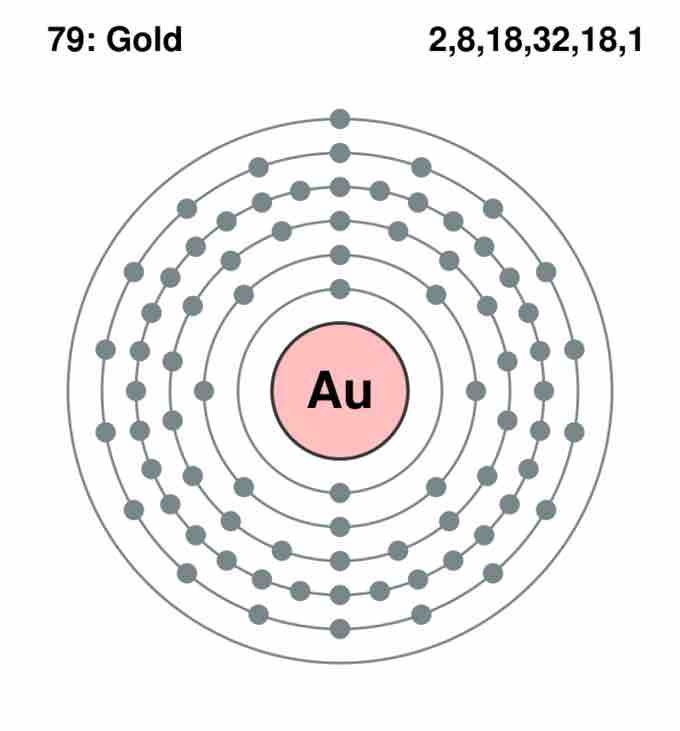Lewis symbols (also known as Lewis dot diagrams or electron dot diagrams) are diagrams that represent the valence electrons of an atom. Lewis structures (also known as Lewis dot structures or electron dot structures) are diagrams that represent the valence electrons of atoms within a molecule. These Lewis symbols and Lewis structures help visualize the valence electrons of atoms and molecules, whether they exist as lone pairs or within bonds.
Principal Energy Levels
An atom consists of a positively charged nucleus and negatively charged electrons. The electrostatic attraction between them keeps electrons 'bound' to the nucleus so they stay within a certain distance of it. Careful investigations have shown that not all electrons within an atom have the same average position or energy. We say the electrons 'reside' in different principal energy levels, and these levels exist at different radii from the nucleus and have rules regarding how many electrons they can accommodate.

Principal energy levels of gold (Au)
The figure shows the organization of the electrons around the nucleus of a gold (Au) atom. Notice that the first energy level (closest to the nucleus) can have only two electrons, while more electrons can 'fit' within a given level further out. The number of electrons in each level is listed on the upper right corner of the figure. Notice that the outermost level has only one electron.
As an example, a neutral atom of gold (Au) contains 79 protons in its nucleus and 79 electrons. The first principal energy level, which is the one closest to the nucleus, can hold a maximum of two electrons. The second principal energy level can have 8, the third can have 18, and so on, until all 79 electrons have been distributed.
The outermost principal energy level is of great interest in chemistry because the electrons it holds are the furthest away from the nucleus, and therefore are the ones most loosely held by its attractive force; the larger the distance between two charged objects, the smaller the force they exert on each other. Chemical reactivity of all of the different elements in the periodic table depends on the number of electrons in that last, outermost level, called the valence level or valence shell. In the case of gold, there is only one valence electron in its valence level.
Octet of Valence Electrons
Atoms gain, lose, or share electrons in their valence level in order to achieve greater stability, or a lower energy state. From this perspective, bonds between atoms form so that the bonded atoms are in a lower energy state compared to when they were by themselves. Atoms can achieve this more stable state by having a valence level which contains as many electrons as it can hold. For the first principal energy level, having two electrons in it is the most stable arrangement, while for all other levels outside of the first, eight electrons are necessary to achieve the most stable state.
Lewis Symbols
In the Lewis symbol for an atom, the chemical symbol of the element (as found on the periodic table) is written, and the valence electrons are represented as dots surrounding it. Only the electrons in the valence level are shown using this notation. For example, the Lewis symbol of carbon depicts a "C' surrounded by 4 valence electrons because carbon has an electron configuration of 1s22s22p2.

The Lewis symbol for carbon
Each of the four valence electrons is represented as a dot.
Electrons that are not in the valence level are not shown in the Lewis symbol. The reason for this is that the chemical reactivity of an atom of the element is solely determined by the number of its valence electrons, and not its inner electrons. Lewis symbols for atoms are combined to write Lewis structures for compounds or molecules with bonds between atoms.